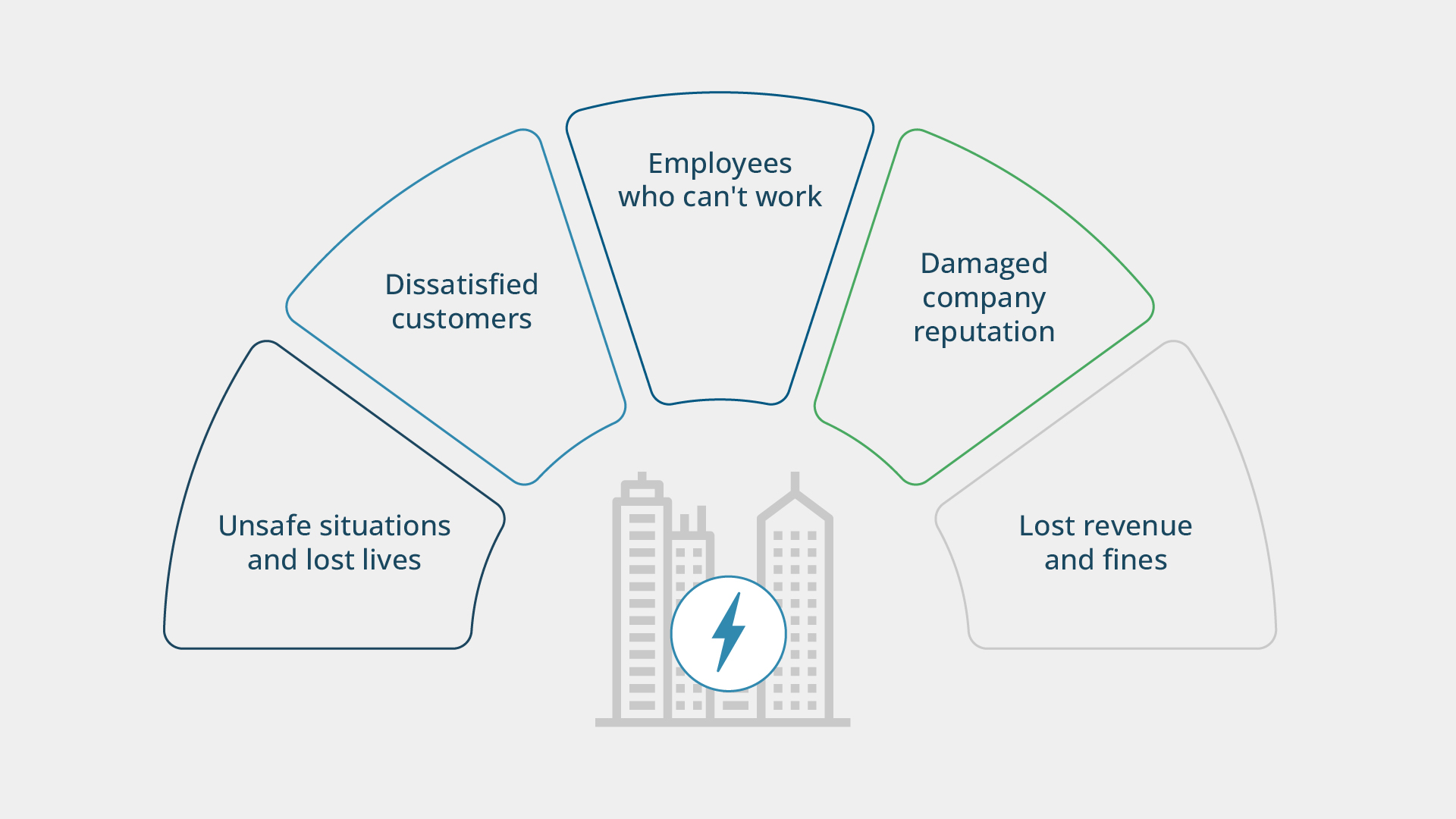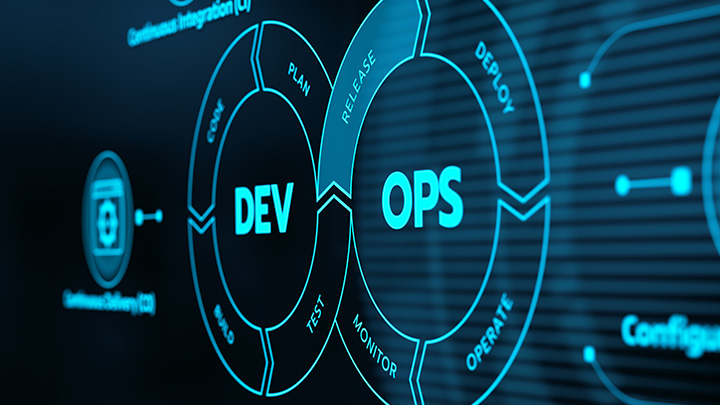
Natural disasters have reached record highs at 400 per year, and network outages spiked 63% during the pandemic. In an era of frequent crises, from extreme weather and pandemics to cyber-attacks, no organization is immune. In fact, as Onsolve states, every organization will face a critical event at some point, and many will deal with multiple critical events in a year.
It’s no surprise that businesses are making considerable expenditures in preparation. The Critical Event Management (CEM) software industry is growing, with revenues expected to increase from $23.45 billion in 2023 to $45.18 billion in 2030, indicating a 9.2% compound annual growth rate.
This article discusses why CEM software is coming to market worldwide, its benefits, and how real-world firms are adopting it to protect their people and operations.
Critical event management software helps organizations detect, respond to, and recover from disruptions and emergencies. Key events include natural disasters, security concerns, data leaks, and health crises—everything that throws off operations or compromises people or assets. When seconds count, CEM systems mix communication tools, real-time monitoring, incident analytics, and coordinated workflows to deliver seamless cooperation.
BlackBerry explains that CEM systems use geolocation tracking, automatic alerts and notifications, crisis management dashboards, and data intelligence. This all-encompassing approach helps management to make quick decisions on important events such as IT infrastructure breakdowns or hurricanes threatening cargo ports.

Essential components of critical event management software.
Source: Heimdal Security
Pandemics and cyberattacks are causing more disruptions than ever before for organizations. Manual or disconnected event management may impede decision-making and provide inadequate information. To address this complexity, CEM technologies offer a unified architecture for real-time threat data collection, analysis, and response.
Customer, employee, and investor expectations for organizational resilience are high. According to For Insights Consultancy, the CEM platforms industry is growing due to the demand for faster, more coordinated emergency responses. Beyond public safety, significant events can damage reputation and revenue if not addressed quickly and transparently.

The many ways critical events harm enterprise resilience.
Source: BlackBerry
Several industries aggressively mandate safety and incident reporting. Healthcare, banking, and critical infrastructure companies must demonstrate data security, operational continuity, and timely notification. Incident management platforms in many CEM solutions mandate uniform workflows and audit trails to comply with these regulations.
In extreme circumstances, time is of the essence. Emergency management solutions in CEM platforms automate alerts, notifications, and check-ins via SMS, email, phone calls, and social media to ensure that everyone receives them on time. This automation avoids the lag and confusion associated with hand calls or generic notifications.
On one dashboard, teams can track active events, allocated roles, resource availability, and resolution status. Centralized platforms speed emergency communications and enable data-driven decision-making, according to OnSolve. Key stakeholders can prioritize high-priority occurrences and commit resources accordingly.
CEM software improves situational awareness by combining live threat data, geographic analytics, real-time monitoring, and event modeling. Business continuity planning tools need correct data to make crucial judgments. Decision-makers may immediately assess the situation by integrating weather APIs, security alerts, and IoT devices.
CEM platforms frequently include disaster recovery techniques. These practices assist businesses with restoring IT systems, safe building conditions, and supply chain operations. Automated reminders and checklists reduce errors while also bringing the team closer together.
CEM solutions have several benefits, but enterprises may encounter some barriers to adoption:
Siloed data and antiquated infrastructure limit tool use, according to BCI. Merging CEM platforms with HR databases, corporate communications channels, or cybersecurity systems takes effort, preparation, and a culture shift.
From human data to facility layouts, CEM systems protect sensitive data. Data governance, encryption, and HIPAA/GDPR compliance are essential. A single data breach or compliance violation might damage system trust.
A complex CEM platform is only effective if relevant teams can use it. User guides are not enough—training should include realistic drills and scenario testing. An untrained user may dismiss an alert or fail to escalate an incident, making the platform less effective.
Smaller and mid-sized businesses are concerned about the cost and effort of system deployment. However, many modern CEM softwares provide scalable, cloud-based solutions, making it simple to get started without a significant investment.
Cyberattacks and physical accidents can have serious ramifications for financial organizations, which manage sensitive data. Santander’s US footprint spans 600 assets, including offices, branches and ATMs, along with 14,000 employees.
Santander’s VP Associate Director of Corporate Security, Jay Sartori says, “Prior to CEM, our plans were not actionable, and we struggled to track the progress of our response during high-stress critical events. With the Crisis Management module, we’re able to quickly assess the situation, activate the appropriate plan, and ensure the right actions are being taken to best protect our people and our branches.”
Crisis management in schools is complicated by harsh weather, security concerns, and health issues. Crises Control’s CEM platform improved emergency management and communication at a big secondary school. Before utilizing the platform, the school had uneven emergency measures and sluggish crisis communication.
The new system allowed administrators to send fast, multi-channel notifications to staff, kids, and parents for clear communication. The technology also streamlined incident response, making the school safer for everyone.
When evaluating critical event management software, businesses often look for:
Kanda understands that flawless critical event management requires more than software and that each organization’s needs are unique. We build resilient enterprise solutions using powerful analytics, secure data management, and highly-available architectures.
If you are looking to enhance your critical event management readiness, talk to an expert at Kanda to get a tailored plan for your specific operational needs.
Critical event management software is becoming vital for resilient enterprises in today’s uncertain world. These technologies reduce downtime, reduce risk to life and property, and safeguard brand reputation with unified dashboards, automatic alarms, and real-time analytics.
Businesses of all sizes realize that a well-structured, proactive reaction may make or break them. CEM systems let teams handle chaos with confidence thanks to automated issue escalation, integrated communications, and comprehensive analytics. For companies without such a system, the question is no longer if but when.



